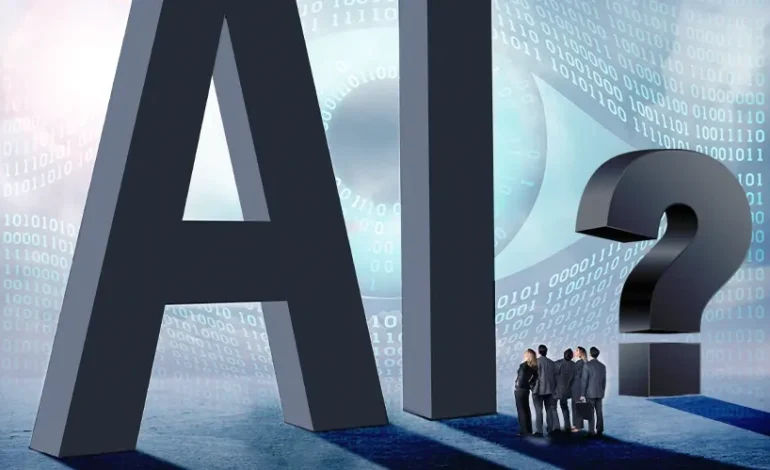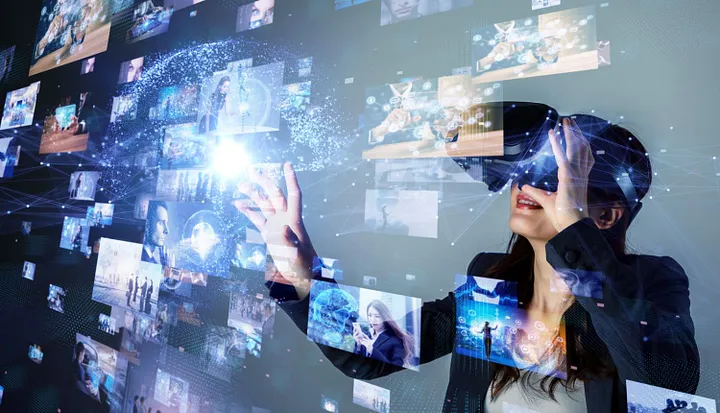The Hidden Power of Artificial Intelligence: A Beginner’s Guide to Understanding Its Impact on Everyday Life

AI is transforming our world in ways that are both exciting and concerning. From virtual assistants like Siri to product recommendations on Amazon, AI influences our daily lives more than ever before. However, it’s important to understand what AI is, how it works, and its limitations, so we can harness its potential while mitigating its risks.
What is AI?
AI refers to computer systems or machines designed to perform tasks that would otherwise require human intelligence. These systems analyze data, recognize patterns, learn from experience, and make informed decisions based on data inputs. While AI can excel at specific tasks like playing chess or diagnosing diseases, it lacks the general intelligence of humans.
Understanding AI: Narrow vs. General Intelligence
The distinction between narrow (or weak) AI and Artificial General Intelligence (AGI) is crucial. Narrow AI focuses on performing a single task exceptionally well, such as playing chess or recognizing images. While it can outperform humans in many areas, it lacks the versatility of human intelligence.
On the other hand, AGI would require machines to possess human-like general intelligence and capabilities across various domains. This level of intelligence is still theoretical, with no existing implementations yet. Achieving AGI would involve complex processes like self-awareness and consciousness, raising significant ethical and philosophical questions.
How Does AI Work?
Traditional programming involves explicit instructions, but machine learning allows computers to learn from data without being explicitly programmed. This process involves:
- Feeding training data into an algorithm
- Analyzing patterns and relationships in the data
- Adjusting internal parameters to optimize performance
- Predicting or deciding using new, unseen data
- Iterating and improving over time
This iterative approach enables machines to learn and improve without explicit programming. Neural networks, inspired by the human brain, are particularly effective at discerning patterns and features within data.
Current Applications of AI
AI powers many aspects of our lives, including:
- Virtual assistants like Siri, Alexa, and Google Assistant
- Product recommendations on platforms like Amazon and Netflix
- Healthcare tools for medical image analysis
- Automated solutions for tasks like writing letters or analyzing pay equity
- Chatbots for customer service
- Advanced analytics in business and research
However, AI also has limitations. It lacks generalized intelligence, common sense, and the ability to operate autonomously without human input (as seen in self-driving cars). Additionally, AI can be biased if trained on flawed or incomplete data.
Dangers of AI: Fairness and Model Collapse
AI raises concerns about fairness, accuracy, and reliability. Biases in training data can lead to skewed outputs, while reliance on large datasets can make models vulnerable to errors over time (a phenomenon known as model collapse). Additionally, AI systems can perpetuate or amplify existing inequalities if not carefully designed.
Ensuring Fairness in AI
To address these challenges:
- Implement awareness of underlying imbalances and biases within AI systems
- Tackle issues through active intervention, including diverse data collection and third-party audits
- Consider regulatory frameworks to guide responsible AI development and deployment
Model Collapse and Drift
Model collapse occurs when AI models start learning from other AI outputs instead of real human data, leading to less reliable results. This phenomenon can be influenced by environmental shifts, evolving relationships between variables, or changes in data collection methods.
The Future of AI
Looking ahead, AI has the potential to revolutionize industries and improve our quality of life. However, it’s essential to focus on ethical considerations, transparency, and accountability as we navigate this transformative era. By addressing challenges and embracing best practices, AI can become a force for good in society.
As AI continues to evolve, so too will its impact on the world. The key is to approach its development with humility, responsibility, and a commitment to creating technologies that benefit humanity as a whole.



